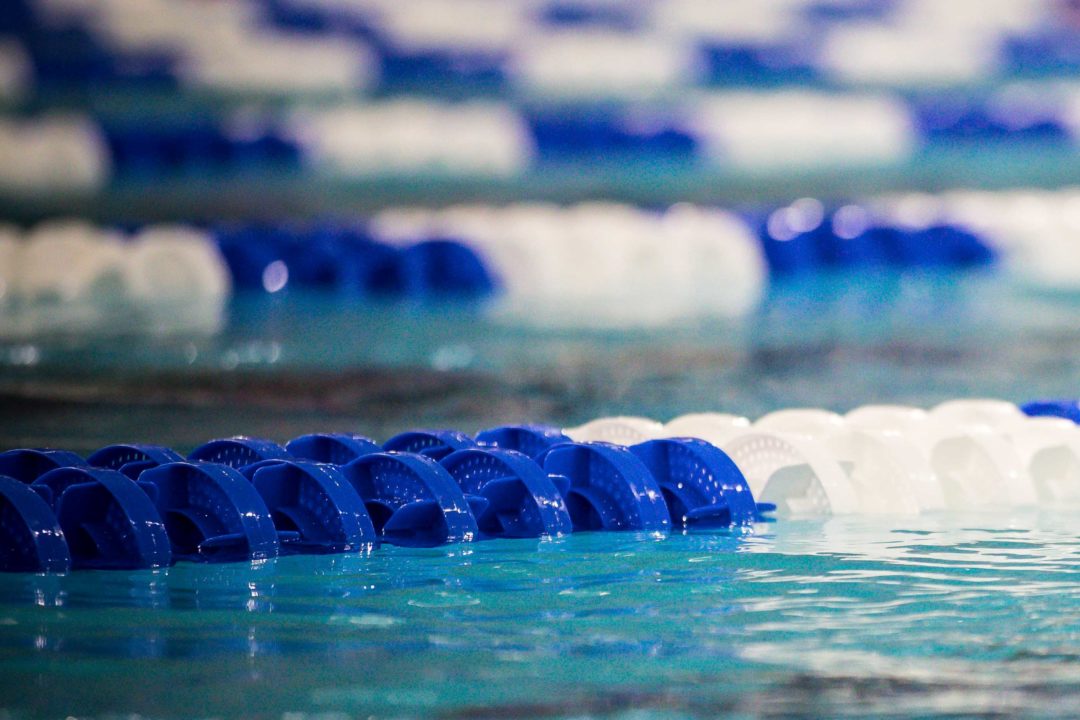Australian swimming athletes ne Paris 2024 Games me terrific success ke saath apna conviction prove kiya hai, Griffith University ke researchers ne athletes ko competitive swimming me most common Injuries me se ak se bachne me help karne ke liye ak new strategy taiyar ki hai.
Competitive Swimmers ke liye shoulder injuries aam hain, lekin cause and risks ki limited understanding hai.
Researchers ne ak novel approach apnate huye, competitive swimming me shoulder injury ke most important risk factors ko identify karne ke liye coaches, elite swimmers and experts ke saath kaam kiya.
School of Health Sciences and Social Work, Exercise Science PhD Candidate Alec McKenzie ne kaha ki research ka aim shoulder injuries ko rokne ke liye ak new training protocol develop karne ke liye sabse effective prevention protocol ko identify karna tha.
“Professional swimming me shoulder injuries ke baare me abhi bhi bahot kam research hua hai and athletes and coaches ko apne personal experiences par trust karne ki jarurat hai, Mr. McKenzie ne kaha.”
“Humne competitive swimming community ke andar se valuable first-hand data collectet kiya hai and competitive swimmers ke liye top three shoulder injury risk factors ko determine karne ke liye ise ak resource me jama kiya hai. Exercise science me iss emerging practice ne humein evidence-practice gaps ko identify karne and coaches and athletes ko new tools dena allow kiya hai, jisse ki top athletes ko apne full potential ka ka ehsaas karne me help mil sake.”
Queensland Academy of Sport and Swimming Australia ke saath partnership me, researchers ne 27 top swimmers, coaches, high-performance staff and applied researchers ke saath kaam kiya. Isme involved experts ne future ke research ke liye sabse best direction batai. Research me identify kiya gaya ki swimming karne walon ko apni injury prevention strategies ke bhitar inn risk factors ki monitoring and address ko priority deni chahiye.
Competitive Swimmers ke liye shoulder injury ke top three key risk factors shaamil hain:
- Low posterior shoulder
- Strength-endurance
- Poor stroke technique
- Inconsistent/acute increases in training load
Study ne researchers ko shoulder ke tendon health ki nigrani me ak potential new norm ke roop me emerge ultrasound technology ko identify karne ki permission di, jisne Magnetic Resonance Imaging scan ki comparison me subtle changes ko better tarike se pakda.
Co-author and School of Health Sciences and Social Work, Exercise Science Dr Steven Duhig ne kaha ki strategy ne unhe athlete ki training ke saath muscle tissue me changes ko compare karne ki permission di taaki pata lagaya ja sake ki athletes training par kaise respond kar rahe the.
Indian Swimming News Or International Swimming News Padhne Ke Liye Facebook Par Swimswam Hindi Ko Like Karna Na Bhule:-SwimSwamHindi
